Coffee – the morning muse, the fuel for countless daily adventures. It’s safe to say that the world has an undying love affair with this aromatic brew. But what is it about coffee that has us hooked? Well, it’s the caffeine, of course!
Caffeine, that magical molecule found in coffee, gives us that jolt of energy and the ability to face the day with a smile. But here’s the kicker: not all coffee is created equal regarding caffeine content. And that’s where espresso beans come into play.
Here, we will delve deep into the world of espresso beans. We’ll uncover the secrets behind their caffeine content, explore how they differ from regular coffee beans, and even debunk a few myths.So grab your favorite espresso cup, and let’s get brewing!
The Basics of Espresso
Espresso, my dear readers, is not just a coffee. It’s a concentrated shot of liquid motivation. Originating in Italy, espresso results from forcing hot water through finely ground coffee beans. This process extracts the pure essence of coffee in seconds, resulting in a rich, bold flavor.
Now, you might wonder how espresso differs from your run-of-the-mill drip coffee. Well, imagine regular coffee as a leisurely stroll in the park while espresso is a thrilling roller coaster ride. Espresso is more intense, packing a flavor punch that’s sure to wake up your taste buds.
What makes espresso genuinely unique is its preparation method. The finely ground coffee beans are tightly packed into a small portafilter, forcing hot water through them under high pressure. This process ensures you get the maximum flavor and caffeine in every sip.
Understanding Caffeine
Caffeine is nature’s way of saying, “Wake up and smell the coffee!” It’s a natural stimulant in coffee beans, tea leaves, and even cocoa. Caffeine is like a superhero for your brain, boosting alertness and banishing sleepiness.
Caffeine enters your bloodstream when you sip that espresso and starts a dance with your brain. It blocks adenosine, a neurotransmitter that makes you tired, and releases adrenaline, the “fight or flight” hormone. The result? You’re wide awake and ready to take on the day!
Before we dive into the espresso bean caffeine content, let’s talk about moderation. The experts say that up to 400 milligrams of caffeine per day (about four espressos) is generally considered safe for most adults. But remember, everyone’s tolerance is different, so listen to your body.
Espresso Bean Varieties
Espresso beans come in two main varieties: Arabica and Robusta. Arabica beans are the sophisticates of the coffee world, known for their smooth, nuanced flavors. Robusta beans, on the other hand, are the bold and strong types with a more robust (hence the name) flavor profile.
Here’s where it gets interesting. Robusta beans, the rebels of the coffee bean family, have about twice the caffeine content of Arabica beans. So, if you’re on a quest for that extra caffeine kick, Robusta is your go-to choice.
But wait, there’s more! Specialty espresso beans are the crème de la crème of the coffee world. These beans are carefully sourced, roasted to perfection, and often blended with Arabica and Robusta beans for a unique flavor profile. They’re like the rockstars of the espresso world, delivering an unforgettable taste experience.
Measuring Caffeine Content
Measuring caffeine in espresso beans isn’t as simple as counting beans. The caffeine content can vary due to factors like bean origin, roast level, and even the weather conditions during cultivation. But fear not; we have some scientific tricks up our sleeves.
- Chemical Analysis
This method is like the Sherlock Holmes of caffeine measurement. It involves grinding the beans to a fine powder, extracting the caffeine, and then quantifying it using chemical wizardry. It’s like solving a coffee mystery, and the result is a precise measurement of caffeine content.
Imagine it as coffee CSI but with a happier ending. The beauty of this method lies in its accuracy, making it a trusted ally in the quest for caffeine knowledge.
- High-performance liquid chromatography (HPLC)
If you want the gold standard in caffeine measurement, HPLC is your go-to technique. It’s the espresso of fast, efficient, and precise analytical methods. HPLC separates and quantifies caffeine molecules in espresso beans with the finesse of a master barista creating latte art.
Scientists swear by it because it leaves no room for ambiguity. When it comes to knowing your caffeine down to the last molecule, HPLC is the real deal.
So, what’s the caffeine content in those magical little beans? On average, a single shot of espresso contains about 63 milligrams of caffeine.
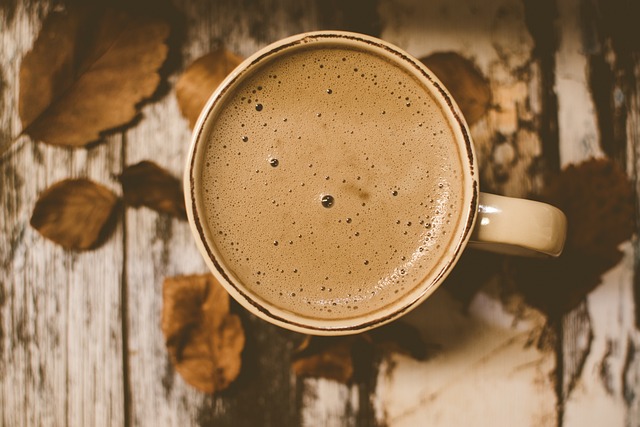
But remember, the devil is in the details, and espresso beans love to play hide-and-seek with their caffeine. The actual content can vary; let’s jump to those factors!
Factors Affecting Caffeine Content
Caffeine content – a place where beans, roasts, and brewing methods combine to create a symphony of stimulation. Let’s dive into the factors influencing how much caffeine you’ll find in your espresso.
- Roasting Levels
Roasting is where beans transform from green to brown, impacting caffeine content. Contrary to popular belief, darker roasts don’t necessarily mean more caffeine. The longer the roast, the more caffeine gets roasted away. So, if you’re chasing caffeine, go for a medium roast.
- Bean Size and Weight
Bigger isn’t always better when it comes to caffeine content. Smaller beans can sometimes pack a stronger caffeine punch. It’s like the espresso equivalent of “good things come in small packages.”
- Brewing Method and Extraction Time
The way you brew your espresso matters. A longer extraction time can lead to more caffeine in your cup. But beware: it can also result in a bitter taste. Finding the right balance is key to achieving espresso nirvana.
Health Implications of Espresso Consumption
Caffeine isn’t just a morning pick-me-up; it also offers some health effects:
Positive Health Benefits of Caffeine
First, let’s talk about the good stuff – the positive health benefits of caffeine, that delightful molecule that gives espresso its oomph.
- Enhanced Cognitive Function: Caffeine is the secret weapon against grogginess. It helps sharpen your focus, improve your alertness, and turn your brain into a well-oiled thinking machine.
- Mood Enhancement: Feeling a bit meh? Caffeine can lend a hand in perking you up. It boosts the production of dopamine, your brain’s happy hormone, leaving you with a cheerful disposition.
- Physical Performance: Caffeine can be your workout buddy if you’re an athlete or enjoy an occasional jog. It increases adrenaline production, giving you extra energy and endurance.
- Antioxidant Boost: Espresso isn’t just a caffeine delivery system; it’s also a source of antioxidants. These little superheroes help combat free radicals in your body, potentially reducing the risk of certain diseases.
Potential Negative Effects of Excessive Caffeine Intake
While caffeine is the hero of this story, it does have a few villainous traits when overindulged. Let’s shine a light on these dark corners:
- The Jitters: Ever felt like your hands were auditioning for a role in a Shakespearean play while holding a coffee cup? That’s the caffeine jitters. Excessive caffeine can make you feel shaky and nervous like you’ve had too many espressos.
- Insomnia: If you’re guzzling espresso in the late afternoon, be prepared for a rendezvous with insomnia. Caffeine’s stimulating effects can linger for hours, making it tough to catch those precious Zzzs.
- Digestive Drama: Your stomach might not be the biggest fan of caffeine, especially if it’s empty. Coffee can lead to acid reflux, stomachaches, and even digestive discomfort. So, pairing that espresso with a little food might be a wiser choice.
So, the moral of the story is this: espresso is a delightful elixir, but like any potion, it should be consumed in moderation.
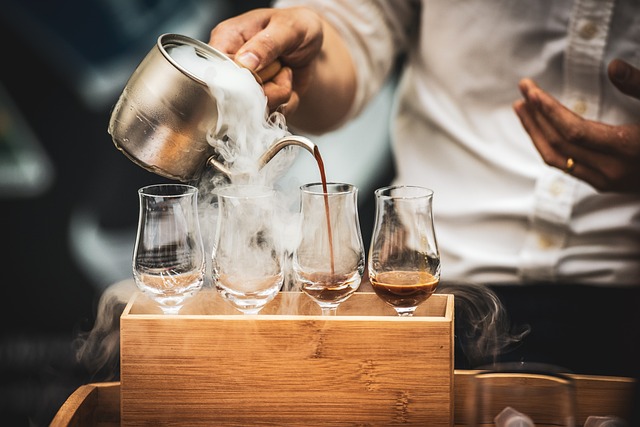
Don’t let caffeine turn your coffee love story into a caffeine-induced thriller. Enjoy it sensibly, and your espresso experience will be all the more enjoyable.
The Myth of the “Strongest” Espresso
Let’s set the record straight: strength in coffee isn’t just about caffeine content. It’s about the balance of flavors, the quality of the beans, and the skill of the barista. So, don’t be fooled by claims of the “strongest” espresso – it’s all about personal taste.
Espresso is a sensory experience, not a caffeine race. The aroma that wafts from the cup, the crema on top, and the complex flavors dancing on your palate – that’s what makes espresso truly magical.
Espresso is an art form, and you’re the artist. Take your time to appreciate the craftsmanship that goes into each cup. It’s not just a drink; it’s a masterpiece in a demitasse.
Wrapping Up
In our caffeinated journey, we’ve explored the world of espresso beans, their caffeine content, and the art of brewing the perfect shot. We’ve debunked myths, celebrated the flavors, and emphasized the importance of moderation.
Knowing the caffeine content in espresso beans empowers you to customize your coffee experience. Whether seeking a gentle wake-up call or a bold caffeine rush, espresso beans have you covered.
So, my fellow coffee enthusiasts, remember that espresso is not just a source of caffeine; it’s a source of joy. Whether it’s a single shot or a double, a creamy latte or a simple espresso, savor every sip and let the world of coffee awaken your senses. Cheers to the perfect cup!
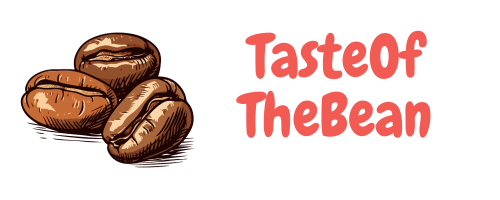
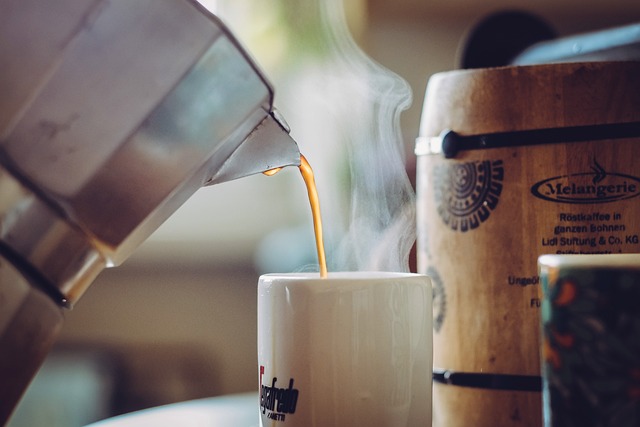
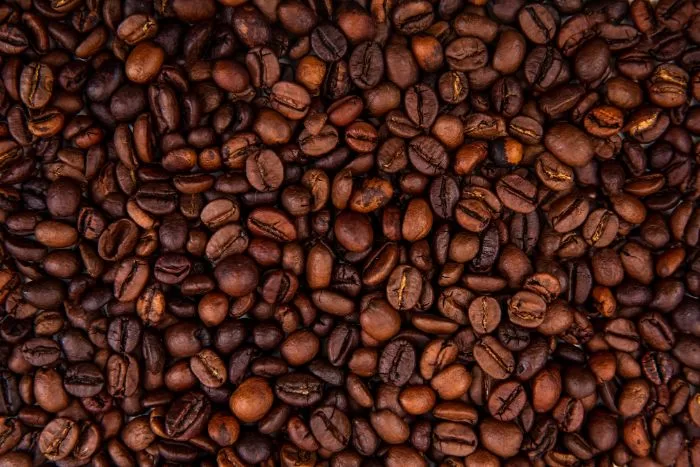
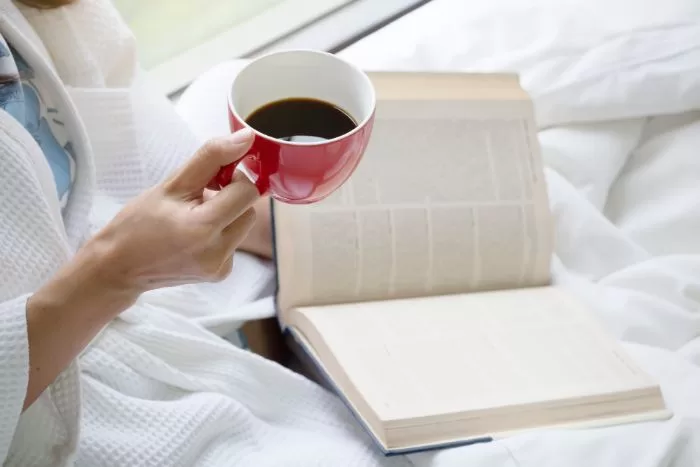
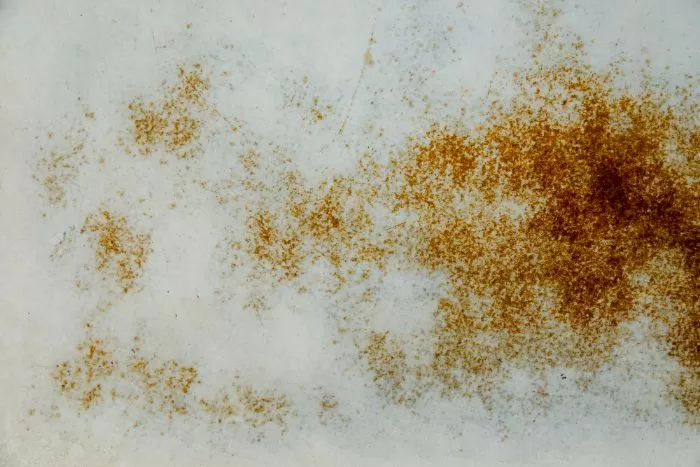
Leave a Reply